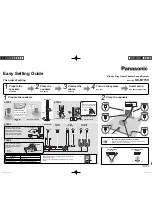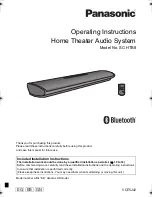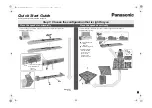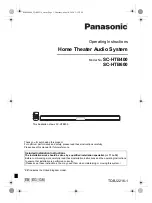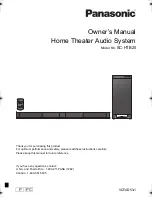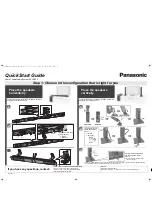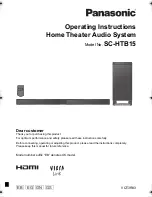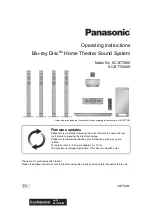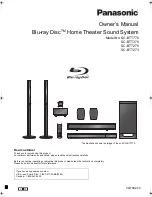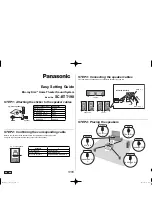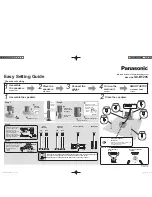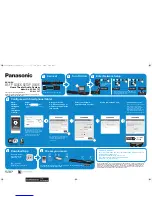
4
“ANALOG IN” Connector
Use this connector for analog audio signals. When operating an
1238CF in the analog mode the A/D converter must not be over-
loaded, otherwise distortion will be heard. The maximum input
level is +22.0 dBu RMS. When A/D converter input clip occurs
the front panel light turns momentarily red, indicating the over-
load condition.
If the “Level” control on the back panel is reduced (turned
counter-clockwise), the acoustic output will be reduced. This
control decreases the output from the D/A converters. Ideally
the Level control should be set to force the use of more of the
input range of the A/D converter without overloading it. Re-
member, there is no headroom above the maximum input to
the A/D conversion.
“CONTROL NETWORK” Connectors
Use these RJ-45 sockets to connect the loudspeaker to the pro-
prietary Genelec Loudspeaker Manager™ (GLM™) network
only. This connector is not Ethernet LAN compatible. Do not con-
nect to Ethernet LAN.
“12 V REMOTE” Connector
You can set up remote controlled powering up and down of the
1238CF with 12 V 60 mA trigger voltage connected to this con-
nector.
Front Panel Warning Light
Normally the light on the front panel of a 1238CF loudspeaker
is green, indicating that the loudspeaker is in normal operational
mode.
The overload light (red) is activated by several events,
• exceeding the maximum input range of the analog input
• exceeding the maximum input range of the digital input with
large probability
• exceeding the output capacity of the power amplifier
(clipping in the power amplifier) and thermal
overload of the power amplifier or loudspeaker drivers
(thermal protection has activated)
• if an error is detected in the AES/EBU audio data
If a red warning light appears, turn the source down! If the levels
are already modest and a digital signal is being used, ensure that
there are no bit errors in the AES/EBU digital audio data.
Mounting Considerations
Align the Loudspeakers Correctly
Always place the loudspeakers so that their acoustic axes are
aimed towards the listening position (see Figure 2). Vertical
placement is mandatory to maintain cooling behind the loud-
speaker.
Maintain Symmetry
Check that the loudspeakers are placed symmetrically and at an
equal distance from the listening position. If possible, place the
system so that the listening position is on the centerline of the
room and the loudspeakers are placed at an equal distance from
the centerline.
Minimise Reflections
Acoustic reflections from objects close to the loudspeakers like
desks, cabinets, computer monitors etc. can cause unwanted
colouration and blurring of the sound image. These can be mini-
mised by placing the loudspeaker clear of reflective surfaces. For
instance, putting the loudspeakers on stands behind and above the
mixing console usually gives a better result than placing them on
the meter bridge. Symmetrical positioning of the reflective objects
is also importent in order to maintain a balanced soundstage.
Minimum Clearances
Sufficient cooling for the integrated amplifier must be ensured
if the loudspeaker is installed in a restricted space such as a
cabinet, or integrated into a wall structure. The surroundings of
the loudspeaker must always be open to the listening room with
a minimum clearance of 5 centimeters (2”) behind, above and on
both sides of the loudspeaker. The space adjacent to the loud-
speaker must either be ventilated or sufficiently large to dissipate
heat so that the ambient temperature does not rise above 35
degrees Celsius (95°F).
Setting the Input Sensitivity
The loudspeaker level sensitivity functions for both analog and
digital input. The sensitivity can be matched by adjusting the ro-
tary Level control together with the System Level switches lo-
Figure 2. The location of the acoustic axis is on the center-
line of the enclosure at the given height.
(FAULT)
READY
PROTECT
CLIP
a
456 mm
17 15/16”
235 mm
9 1/4”









